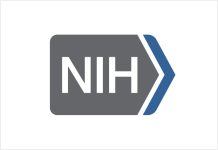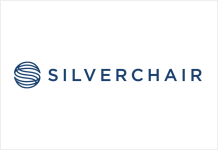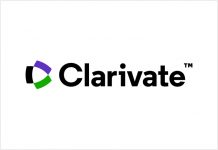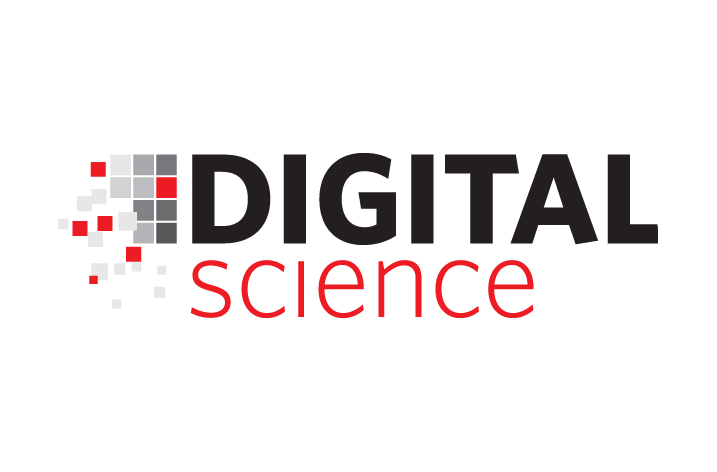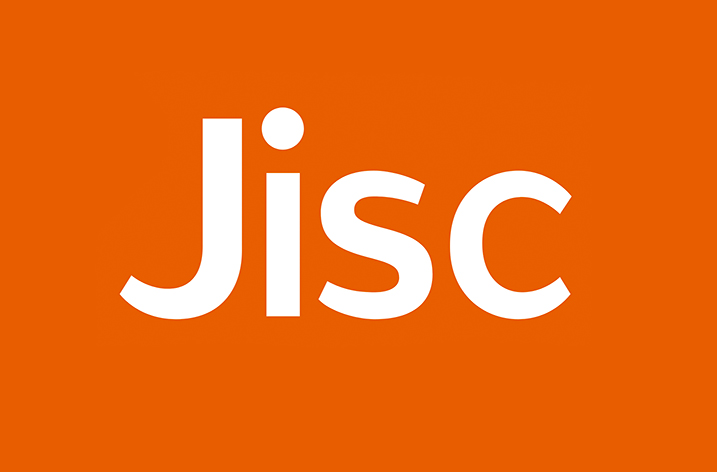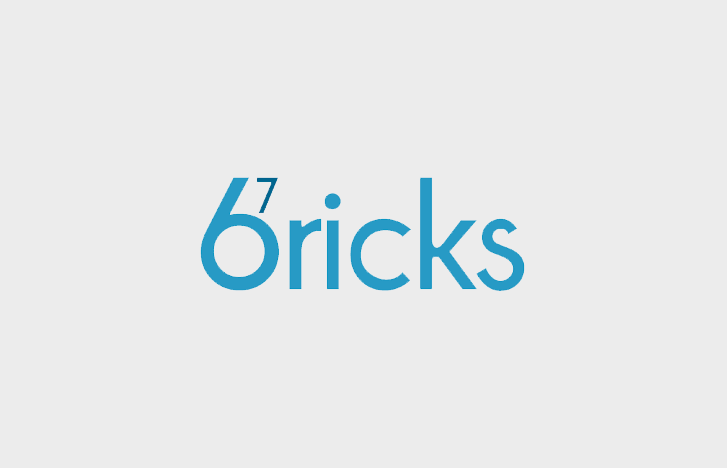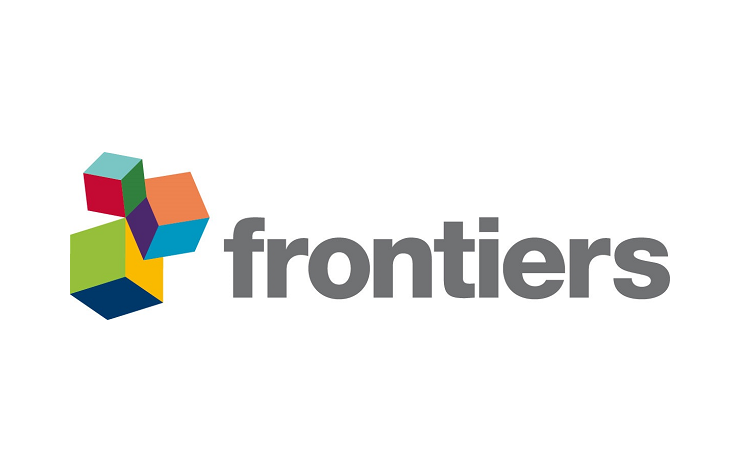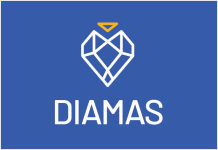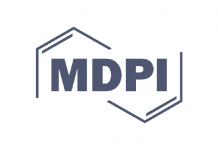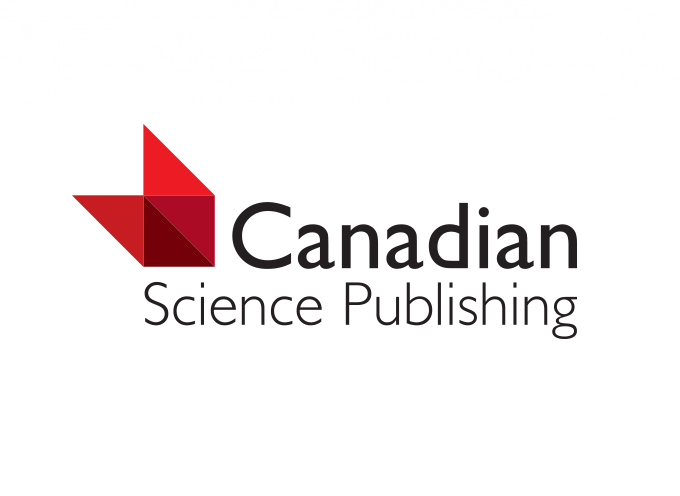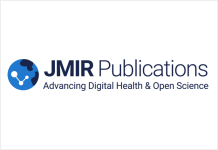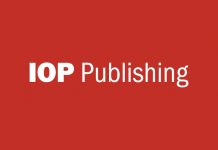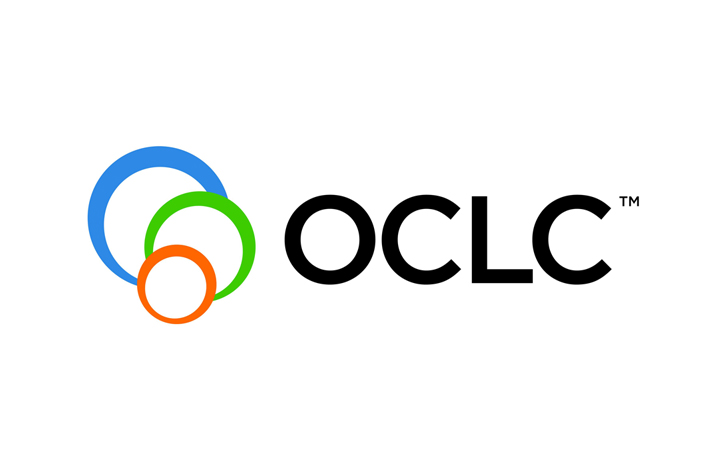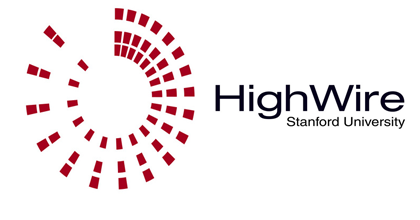Bibliothèque nationale de France (BNF), the National Library of France has selected EBSCO Discovery Service™ (EDS) as its library discovery solution. As a long time EBSCO Publishing (EBSCO) customer, the National Library of France was pleased with EDS’s comprehensive index solution and ability to incorporate many of the library’s information resources. After looking at several discovery services, the librarians at BNF were confident that EDS was the best service to expose users to the national library’s collection — one of the largest and richest e-collection of any library worldwide.
BNF had been looking to modernize its aging information system and librarians were impressed with the impact EDS could have on the library — particularly the depth and breadth of coverage in the Base Index of EDS. Before looking at EDS, librarians had been unfamiliar with this type of comprehensive index. Demonstrations by EBSCO’s sales team made it clear that an index the size of EDS’s would be capable of pulling together content that might otherwise go undiscovered.
BNF Director of the Science and Technology section Hervé Colinmaire, says, “We were pleased with the index solution in EDS and feel that it will work well with our library. What interested us most in the EDS index solution is the capacity of the search engine to retrieve information at the smallest and deepest level of information.”
BNF’s information system consisted of many different layers of information without any integration. Colinmaire says EBSCO was the right fit to bring together BNF resources while providing easier access for the end user. “EDS provided our users the possibility to browse through a ‘jungle’ of resources dispatched in different tools and parts of our site. We think that our library will benefit greatly from EDS as we’re absolutely confident that the vast amount and range of our resources will be much better known and publicized.”
Colinmaire says other important factors in the decision to implement EDS as the discovery service at the National Library of France was the unique ability to incorporate French resources into EDS as well as licensed and full text databases. “We believe EDS was the right fit for our library because it provides the best coverage rate possible for our collection and the best opportunity to grow with our collection. We were also particularly interested in the capacity of EDS to give access to our French speaking resources allowing our patrons to access as much content as possible in one place.”
Future plans include the integration of EDS with the BNF OPAC to further expand the integrated one-stop search experience for users. EDS customers build upon the base index by adding metadata representing their own unique collections including their catalog (OPAC), databases, archival collections — using EDS as the base of an institution-specific discovery experience.
BNF also plans to also taking advantage of a number of the customizability optionsavailable within EDS to include value-added features to further create a unique discovery solution for the National Library of France. BNF is currently planning to create LibGuide widgets on the result list and to customize the EDS interface colors.
EBSCO Discovery Service creates a unified, customized index of an institution’s information resources, and an easy, yet powerful means of accessing all of that content from a single search box-searching made even more powerful because of the quality of metadata and depth and breadth of coverage.
The Base Index for EBSCO Discovery Service forms the foundation upon which each EDS subscribing library builds out its custom collection. Beginning with the Base Index, each institution extends the reach of EDS by adding appropriate resources including its catalog, institutional repositories, EBSCOhost and other databases, and additional content sources to which it subscribes. It is this combination that allows a single, comprehensive, custom solution for discovering the value of any library’s collection.
The EDS Base Index is comprised of metadata from the world’s foremost information providers. At present, the EDS Base Index represents content from approximately 20,000 providers in addition to metadata from another 70,000 book publishers. Although constantly growing, today the EDS Base Index provides metadata for nearly 50,000 magazines & journals, approximately 825,000 CDs & DVDs, nearly six million books, more than 100 million newspaper articles, more than 400,000 conference proceedings and hundreds of thousands of additional information sources from various source-types.


